What is Ambush Marketing? Types, Benefits, and Examples
When it comes to marketing strategy, profit is the key goal all businesses wish to approach. However, to increase the market share, what we need to do in advance is considering how to raise brand awareness. While competition is a big obstacle for a marketing campaign, some companies choose to take advantage of competition to gain public attention. The action of ambushing each other’s marketing efforts and promotional campaigns to divert attention and raise exposure at another advertiser’s expense is also known as Ambush marketing.
Today, we will take a look at What is ambush marketing, types, benefits, and examples of this art. Also, we will bring about an analysis of its pros and cons, which will help you decide whether to apply ambush marketing method or not.
Let’s dive in!
What is ambush marketing?
Ambush marketing is not a traditional method but a brand-new one in which marketers take advantage of another brand’s marketing campaign to divert attention. Surprisingly, campaigns applying ambush-style usually result in a great performance.
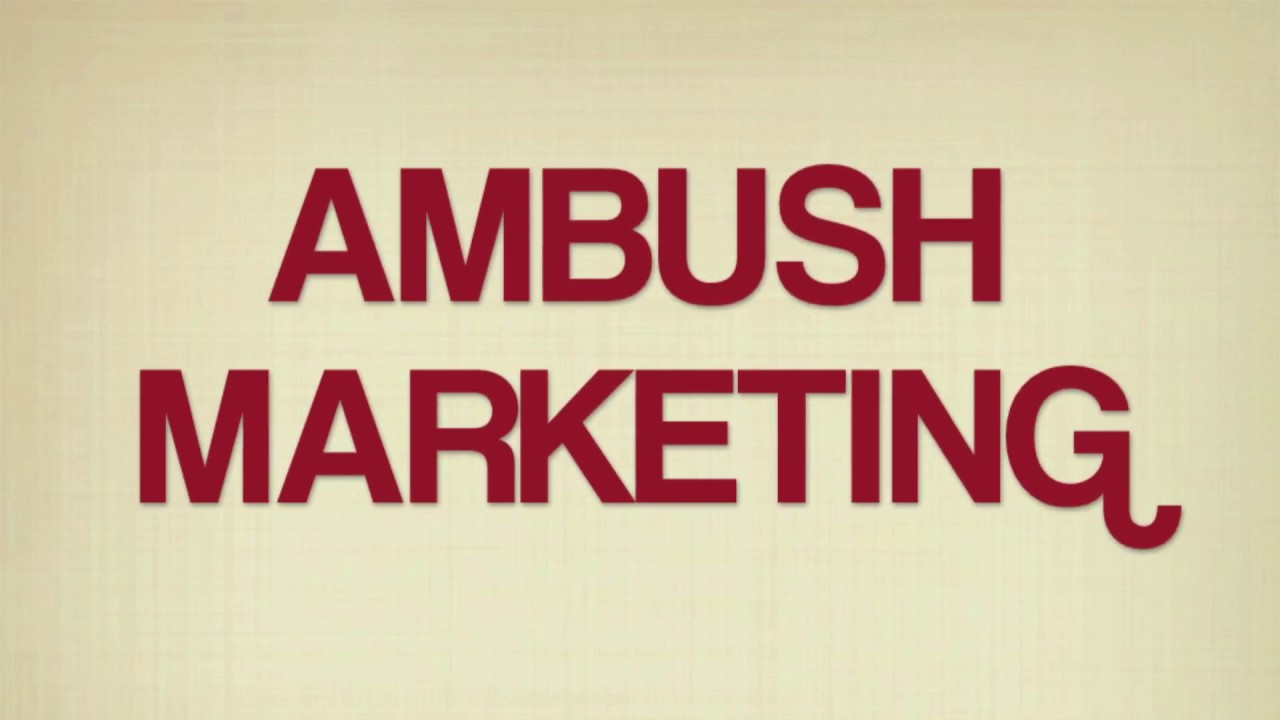
Specifically, when using ambush marketing, advertisers put effort to hijack the competitor’s campaign with an attempt to raise awareness at another advertiser’s expense. Marketers will not have to pay sponsorship expenses for the event but still can get a notice from audiences. That’s why it is also called coat-tail marketing or predatory ambushing practice. Ambush marketing practices are often used in the context of event sponsorships. One typical example of how ambush marketing works is offering music merchandise for sales outside the area of a concert. Of course, the brand does not have to concern about the agreement or awareness of the concert promoters.
The definition of ambush marketing has experienced many changes over time. It originally means connecting a brand with a team or event without buying the rights to attract audiences or just to attack the competitors. Today, it turns into a tool used in brand wars because the platform has included advertisements instead of just sponsorship.
Read more:
- Focus Group Questions to Gain Customer Insights
- Outreach Marketing Techniques
- Persuasive Behavioral Segmentation Examples
- Persuasive Techniques in Advertising
How does ambush marketing work?
Ambush marketing technique is an ideal way for a business to steal attention from others. It is a marketing strategy when a company lies in wait in a concealed position to gain brand exposure from stealing the spotlight of others.
Imagine when your company wants to advertise your images via huge events like the World Cup or something, but the business’s budget cannot afford it. What would you do to capitalize on that publicity? An ambush marketing strategy will come to your mind, which will benefit your brand while you don’t have to pay for the rights that the rival paid to be an official sponsor.
For example, Stella used ambush marketing to steal the spotlight from Heineken when Heineken did pay and spend effort being the official beer sponsor of the 2011 US Open. In this event, they filled in the nearest train terminal with their advertisements.

In almost every global event, there are always marketers and brands steal awareness and exposure from others who had taken a large amount of marketing budget on television slots, billboards, and sponsorships.
The brand from whom marketers steal publicity can be one of their rivals or any other brand out of the market. To be more understandable, when the business X and business Y are all sponsoring an event or competition. Then, company X secretly takes advantage of Y’s publicity and runs on an advertising campaign, making it feel like the main sponsor for the event instead of both.
Company Y will then be considered as being ambushed by X. On the other hand, when company X capitalizes on the resources bought by some other company to promote itself and increase profit without letting Y know, X is said to be using ambush marketing strategies, as one of their marketing techniques.
That’s how ambush marketing works.
Types of ambush marketing
Direct ambush marketing
Direct ambush marketing is when a company or marketer directly and intentionally starts an ambush marketing strategy to make itself seem like connected with an event. Even they do not have to buy the rights; they still can get the spotlight stolen from competitors.
Predatory Ambushing
As you always know, the predator is an animal that hunts, kills, and eats other animals. The thing is similar when it comes to predatory ambushing when a brand purposely attacks other brands within or out of the market in terms of sponsorship rights and advertising efforts to increase the market share and attract more consumers.
A typical example of predator ambushing is Pepsi - Coca-cola case in 1997. In the 1997 Asia Cup (cricket), Pepsi was the official sponsor of the event and branded the game. However, Coca Cola, who was always a huge competitor of Pepsi, bagged the television sponsorship rights for it. This activity made audiences confused and did not know who the real sponsor of the event was.
Coattail Ambushing
A coattail is the long, divided pieces of cloth that hang down from the back of an old-fashioned, formal type of man’s jacket. Coattail ambushing or coattail effect is when a brand puts effort into connecting itself with an event or competition by using a link instead of becoming an official sponsor of the game.

For instance, a football cup was sponsored by Nike while Adidas sponsored a particular football player taking part in this game. Adidas was then considered using the coattail ambushing technique.
Property or Trademark Infringement
Property or Trademark Infringement is when a brand uses properties, logos, symbols, taglines words, or phrases to raise the market share. However, those properties are generated by its competitor, who has taken many communication efforts. This kind of ambush marketing will directly attack the rivals by weakening their attempt and confuse the customers.
For example, you must have known of Red Cross as one global symbol to represent hospitals and other medical services. Nonetheless, it is one property infringement of the International organization of the Red Cross.
Self-Ambushing
Self ambushing is not related to any competitors or efforts of them. On the other hand, it is when an official sponsor takes action beyond the rights agreed in the sponsorship contract. The brand taking this activity is then said to be self-ambushing. This type will lead to the brand performing practices that were earlier allowed to be performed by other official sponsors. For example, you can offer freebies to the audience.
Indirect Ambush Marketing
On the other hand, Indirect ambush marketing is when a brand indirectly links itself with an event or a game to earn more awareness and promote its product. In this activity, the brands will not be blamed for attacking or stealing the spotlight from their competitors. Some indirect ambush marketing activities may be using similar images, symbols, words, etc. to create confusion, create a promotional presence at the nearest gate of the event without making specific reference to the event, or use the certain theme of the concerned event.
Advantages & disadvantages of ambush marketing
After having a deeper understanding of ambush marketing, do you wonder why we should use ambush marketing and its pros and cons? Let’s take a look!
What are the advantages of Ambush Marketing?
Ambush-styled marketing strategies are clever
One common thing every ambush-styled marketing campaign share is being very cheeky. Ambush marketing is originally a trick attacking others by responding to or leveraging their existing campaigns to promote the brand itself. Therefore, their activities taken within ambush marketing campaigns have to be creative and sometimes “impudent.”
Every tool from visual trickery to witty wordplay can make the total strategy more clever. That’s why ambush marketing campaigns are more entertaining and noticeable than a normal one. They often bring about laughter and open discussion on social media channels, which makes ambush-styled marketing strategies extremely memorable.

The picture above is an example of ambush marketing, which is the Newcastle Brown Ale chalice campaign. As you can see, one brand used caption references and funny jokes to create a very clever ambush marketing strategy. Although the original advertising is better in terms of designing and images, the funnier and cleverer will be more memorable, right?
Ambush marketing campaigns can go off-script
While marketing and advertising, marketers always have to be concerned about whether all aspects of an advertisement are synchronized. Whether it is online or “in real life” advertising, cohesion in displaying is crucial. And no matter how serious the marketing campaign is, brands need to make sure they look and feel the same among all related channels.
However, when it comes to ambush marketing campaigns, brands can be more creative and go off-script. Going off-script means it let marketers change and be different from their usual advertisements in terms of style, tone, or text. Brands are free to use tools or techniques that are beyond the scope of a company’s existing advertising guidelines. Ambusher is then more creative and flexible.
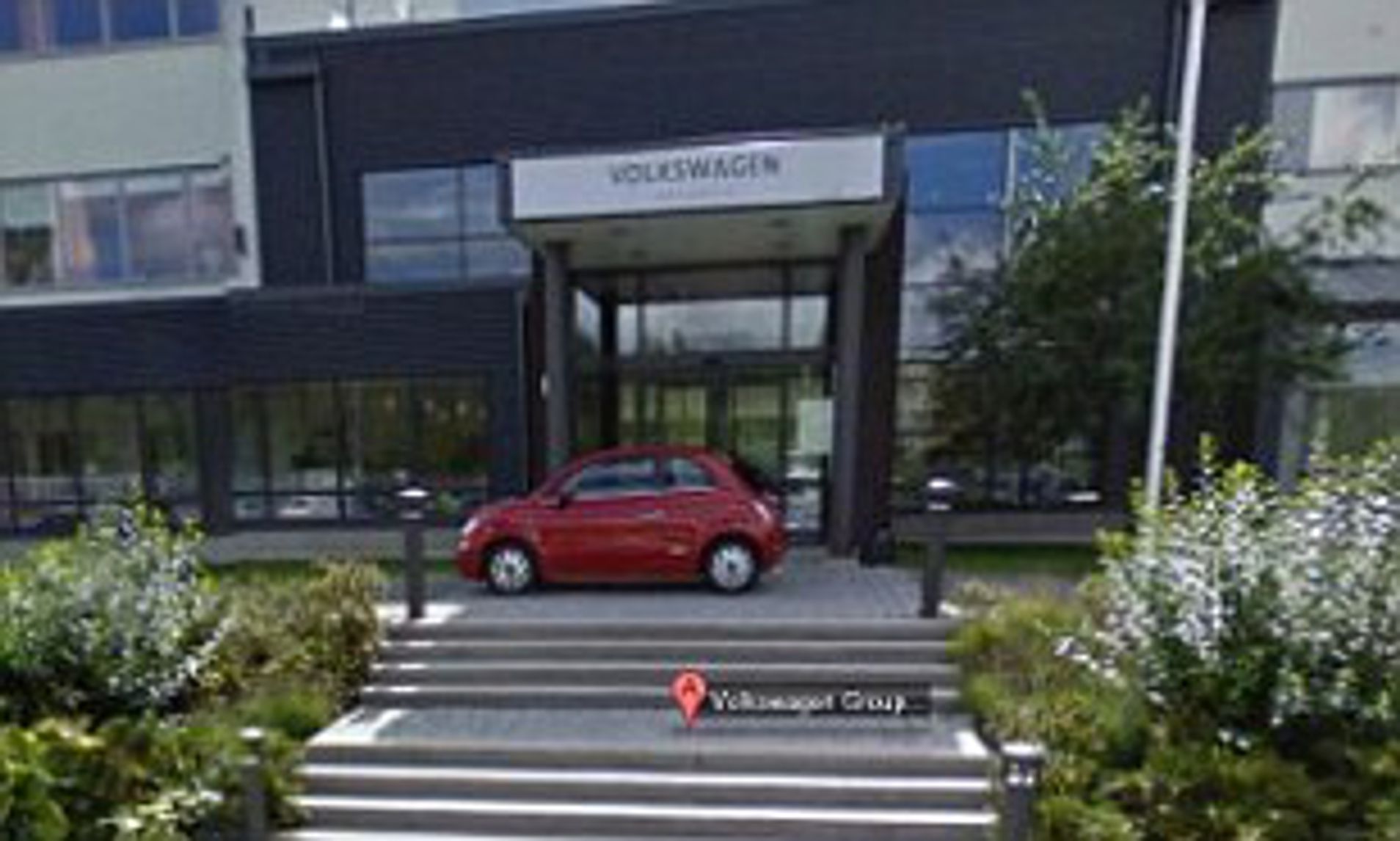
A typical example proving the advantage of being off-script of an ambush marketing campaign is Fiat’s campaign in 2013. Fiat is a car manufacturer based in Italia. It managed to park a red 500 hatchback car on the front steps of Volkswagen’s Swedish headquarters. This practice brought about great effect in promoting its product because Fiat park the car in time for a Google Maps car to pass, which means Fiat gained notice for years in Google Maps results.
Ambush marketing campaigns can change consumer perceptions
Last but not least, ambush marketing campaigns can change consumer perceptions and improve brand credibility if they are done well. Even when the brand is not well-known among consumers before, a good ambush marketing campaign can still help businesses generate and exhibit new brand values.
To prove this advantage and its importance to a brand, let’s look at a specific case of South African airline Kulula. In 2010 when the World Cup was organized, Kulula started a campaign branding itself as the “Unofficial National Carrier of the You-Know-What” to coincide with the big event. However, right after that, the World Cup’s governing body, FIFA, ordered Kulula to stop the campaign immediately because it intentionally gets promotional benefits from creating an unauthorized association with the 2010 FIFA World Cup.
Kulula agreed to cease the campaign according to FIFA’s demand. Nonetheless, just a short time after the advertisements were pulled off, the airline Kulula informed it would offer a free flight for anyone named Sepp Blatter, which is the name of FIFA’s former president. As you can see, this campaign did result in new brand values for Kulula, which are very valuable in a competitive industry like Air traveling. Not only did Kulula gain itself publicity, but it also changed the consumer perceptions of the brand, which means Kulula is not just a normal boring airline.
What are the disadvantages of Ambush Marketing?
Ambush marketing is costly
Being expensive is perhaps the main downside of ambush marketing, making many brands hesitate to launch an ambush-style advertising strategy. It is undeniable that ambush practices can provide chances to increase the market share as well as the total profit of a brand. However, it also asks for a certain level of spend. A complete ambush marketing campaigns are sometimes beyond the ability to afford smaller, newer, less famous brands. So, well-funded businesses tend to choose ambush marketing to display their ads at major international events like the World Cup, the Olympics, or the Super Bowl.
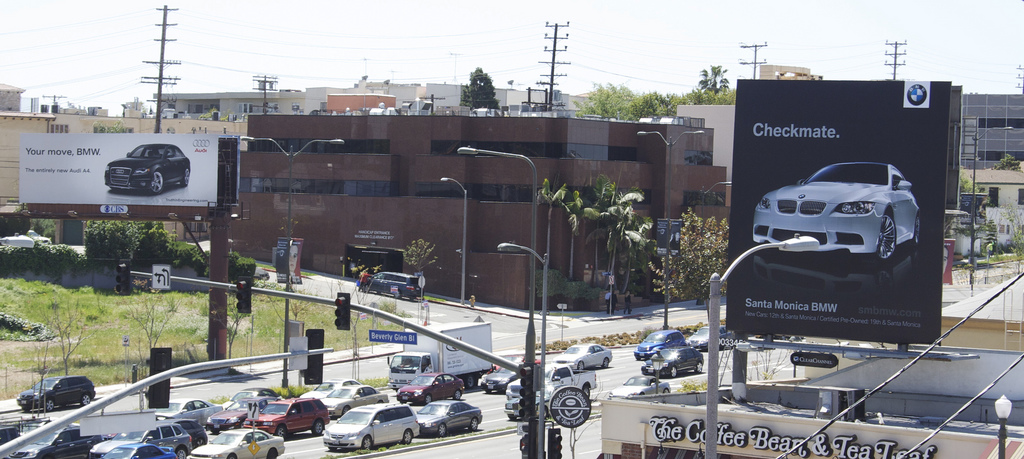
A typical example is a competition between Audi and BMW in Santa Monica. Assuming that a billboard in Santa Monica is $20,000 a month, which does not include designing and printing costs. The ambush campaign and the war between those two brands lasted for mmany months with four different billboard advertisements displayed simultaneously in the same geographic location. BMW then had to pay between $1 million and $10 million for the whole campaign, let alone all design and production costs. Luckily, BMW is such a well-known and well-funded business that this huge amount of money is affordable for it.
Ambush marketing’s ROI calculation is very difficult
Another disadvantage when it comes to ambush marketing is difficulty in calculating the ROI. It is very challenging but not impossible.
When measuring the ROI of ambush marketing campaigns, you can’t use the same formula as typical campaigns, which means assigning multiple values to intangible factors such as brand awareness or positive consumer sentiment. It is so hard to gauge the ROI effectively. On the other hand, you can gauge the total reception of an ambush campaign by monitoring mainstream and social media for links, mentions, or other engagement metrics. It will be easier but getting down to brass tacks to prove the financial ROI is still very difficult instead.
Time and space are crucial in ambush marketing
Lastly, ambush marketing is not just about launching a cheeky marketing campaign but choosing a suitable time and space. Besides potential costs involved, ambush-style advertising strategies also require a relatively quick reaction coordinated planning. Time and space are sole factors brands should take into account just after the cost and content in case they want to work effectively and successfully leverage the existing campaign to reach their target. They are so important that one mistake in choosing advertising time and space can ruin an ambush marketing campaign just before it is started.
For example, when an ambush marketing campaign is launched and the first result of it is worth expected, the success and effect of the campaign rely completely on the neighboring advertisements though. One ambush marketing ad is just memorable and entertaining when it is placed near and at the same time with the target ad. Or else, it will easily turn into nonsense and incomprehensible.
If you are not sure whether your ambush campaign will be there for a while or not, don’t set your ad up. Also, if you find the corporate sponsor of an event doesn’t display their ad anymore, let’s move as quickly as possible.
Examples of ambush marketing
Rona and Apple’s nano-chromatic campaign
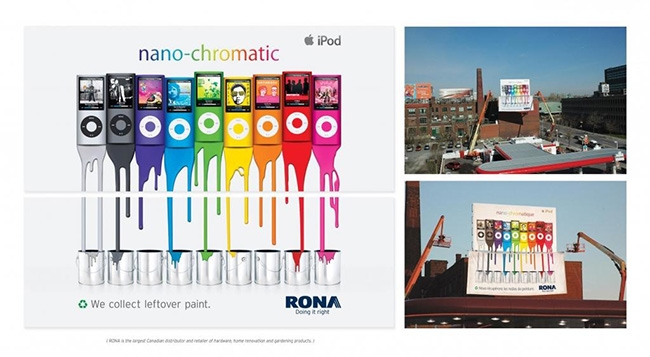
Being a giant in the technology devices industry, Apple always attracts audiences around the world thanks to its creative advertising campaigns. So, Apple’s campaigns turn into ideal chances for other brands to start their own ambushing practice.
In 2010, Apple’s “nano-chromatic” campaign was a global campaign with a new MP3 device - iPod Nano. To promote this product, Apple decided to display a large advertising billboard next to the Jacques Cartier Bridge at Montreal, which showed a list of many colorful devices.
Taking advantage of this opportunity, Rona, a home improvement chain in Canada, had their banner placed right below Apple’s billboard. Printed in the banner was the text “Nous récupérons les restes de peinture” which meant “We recycle leftover paint”. This activity was one part of their new paint-recycling program. Despite being so simple, Rona and its agency, Bos, seem to pull off a very creative ambush campaign.
Kulula in the 2010 World Cup
As we mentioned briefly above, Kulula - a South African airline, did a very creative ambush marketing campaign in the 2010 World Cup.
To be more specific, Kulula was reprimanded twice by FIFA for violating its regulations in ambush marketing. Firstly, it started campaign claiming itself as the “Unofficial National Carrier of the ‘You-Know-What.’” Then, in the next month, it also launched an ad saying that “Not next year, not last year, but somewhere in between”. And again, it was objected and ordered to removed by FIFA.
Finally, it decided to offer free seats for anyone having the same name as the head of FIFA. They found a Boston Terrier named Sepp Blatter and turned it into the official mascot of its campaign. The airline ended up with another print ad “It’s official. Sepp Blatter flies with us.” It was so cheeky and entertaining!
Bavaria at the 2010 World Cup
Soccer and sports events are such an ideal time for brands to pull off ambush marketing, especially major ones like the World Cup or Olympics. Not surprisingly, in the 2010 World Cup, during a match between Denmark and Holland, a beer brand based in Dutch - Bavaria, was blamed for launching an ambush marketing campaign toward the World Cup and its official beer sponsor which is Budweiser. They had 26 girl models wearing mini-skirts staying in the stadium, who were then forced to move.
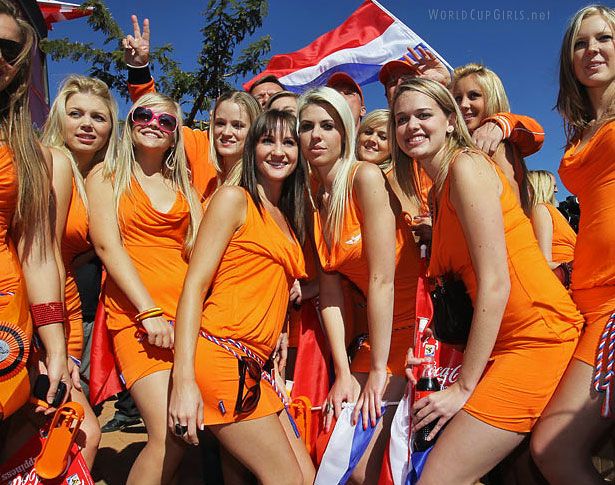
Although the stripping was organized, the evidence against them was, on the other hand, circumstantial given Holland’s soccer fans wear orange.
Newcastle ambushed Stella’s chalice
Newcastle Brown Ale is well known for being a “no bollocks” brand. They had a campaign called “No Bollocks” to show its no-nonsense side. And as one part of its outdoor campaign, Newcastle Brown Ale ambushed the rival Stella Artois by placing a billboard right below the “Chalice” ad of it. Showing the text “Who uses the word Chalice?” in the US with Droga5, Newcastle Brown Ale tended to mock the use of the chalice.
What’s more, three TV advertising clip were also released with Newcastle Brown Ale’s YouTube page saying “The more you watch these videos, the less we need to pay to run them on TV.” Droga5 described the ads as “beer advertising without all the bollocks that usually comes with beer advertising.”
However, the Anheuser-Busch InBev brand with its Chalice has been growing so fast that it landed number six on our list of the world’s most dominant beers.
Samsung stole the spotlight from Apple
In October 2011, Samsung had its Galaxy S II launched at the same time as its main rival, Apple with its new iPhone 4S.
Whenever Apple launches its products, consumers tend to line up outside its store. The things are different when it comes to Samsung who is not well-known for its retail operations. Therefore, in 2011, Samsung decided to stole the spotlight from its competitor by placing a pop-up store close to Apple’s flagship Sydney site. Samsung created a huge difference in terms of price while offering its Galaxy S II at AUS$2 instead of the near AUS$850 full retail price.
Consumers always ask for a lower price, so the pop-up store of Samsung did attract many people despite only opening for three days. Samsung had a long line throughout the week in comparison with Apple’s store.
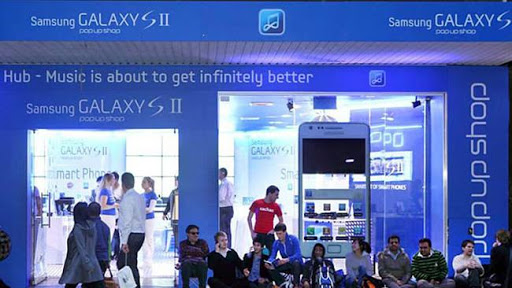
Stella Artois went to the U.S. Open without the rights
In 2011 at the U.S. Open (tennis), Stella Artois did a surprising ambush marketing campaign that confused a lot of people.
They placed tennis-themed ads at the Long Island Rail Road station near the Billie Jean King National Tennis Center. Therefore, every attendee who took the train to the tournament would surely see 15 advertisements littered the public transport terminal near the tournament. A lot of people assumed that Stella was sponsoring a tennis event but in fact, Heineken is the official beer of the U.S. Open.
Nike took over South Africa
Nike is famous for its ambush marketing campaigns and they luckily did them very well.
In 1992, Nike set up a press conference with players from the team though they are not the main sponsor. So why people didn’t seem aware Reebok was the official sponsor of the Olympic Dream Team? It was because players covered up the Reebok logos on their tracksuits with American flags.
In 1996, Nike placed a billboard over Atlanta’s Olympic Park, which made it look like sponsoring the event though it didn’t.
Nike and Adidas are such the biggest rivals of all time. In the 2010 World Cup, which was sponsored by Adidas, Nike put out a lengthy online viral video of its own featuring many of the players. This ad was said to be suitable for the vibe of the sporting event. Therefore, it is more memorable than Star Wars themed ad of the official sponsor Adidas.
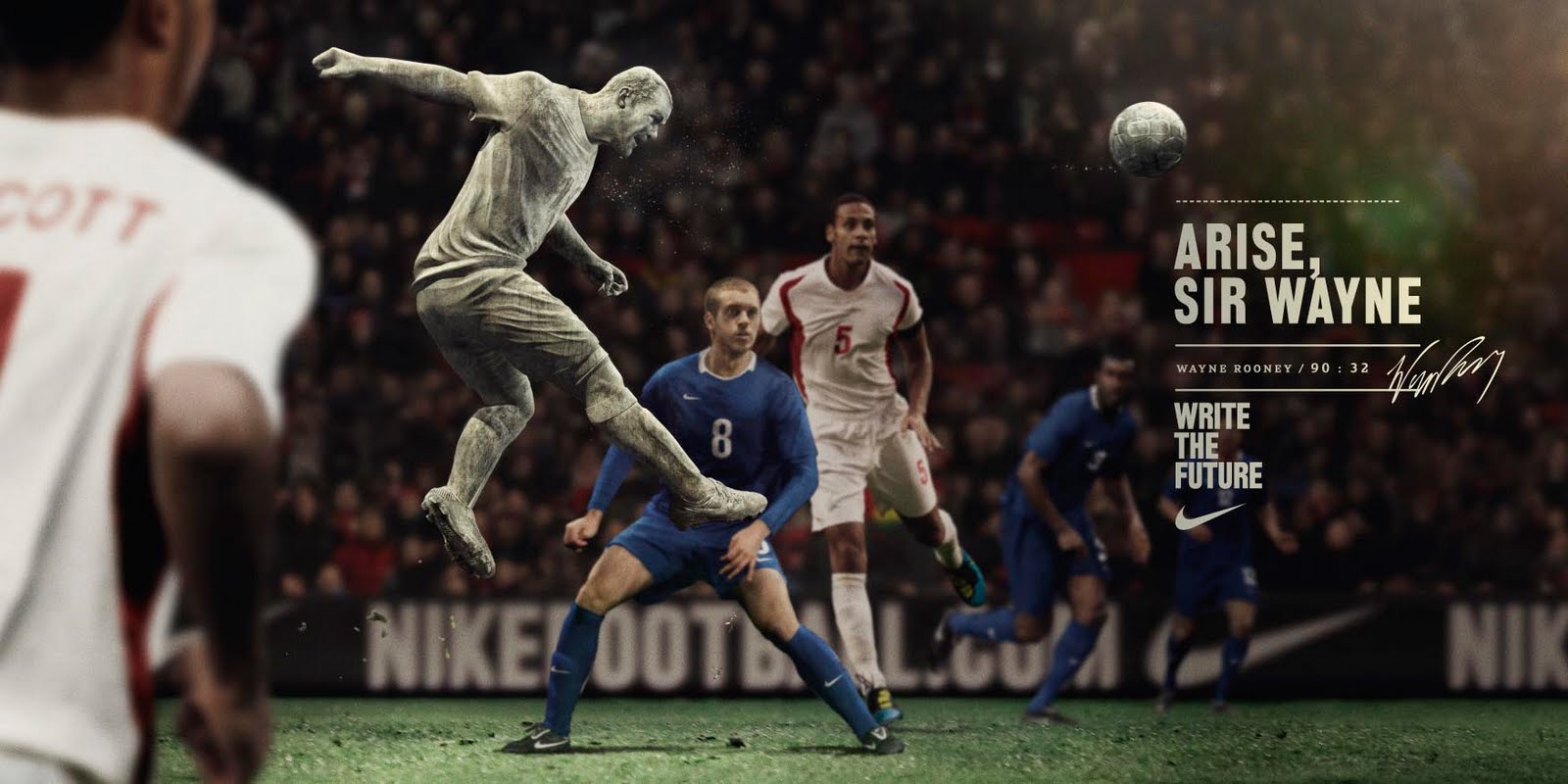
Then, at Johannesburg, Nike put up an interactive installation on the city’s Life Center, the fourth tallest building in the city without being agreed to be an official sponsor.
The Audi vs. BMW street fight in Santa Monica
You must have heard about this famous street fight of two giants in the automobile manufacturing industry which are Audi and BMW. It is such an interesting billboard war that occurred in Santa Monica, Calif.
In 2009, the war was started right after BMW held a tournament at Wisconsin and promote it via an advertising campaign with a slogan meaning this tournament would be like a chess game. Taking advantage of this chance, Audi decided to set up a billboard for its A4 with the words “Chess? No thanks, I’d rather be driving” to ambush BMW’s slogan.
Early after that, Audi placed another billboard in Santa Monica telling me that “Your move, BMW”. Sure enough, BMW responded with a picture of its M3 together with its text “Checkmate.”
The fight was just ended up when BMW shared the words “Your pawn is no match for our king”. Moreover, BMW even flew a blimp with a picture of its F1 entry and the “Game over.” In this game, BMW was surely the winner thanks to its large number of advertising billboards. Audi claimed its billboard was up for almost a year before BMW responded while BMW said it only rented the billboard for two weeks.
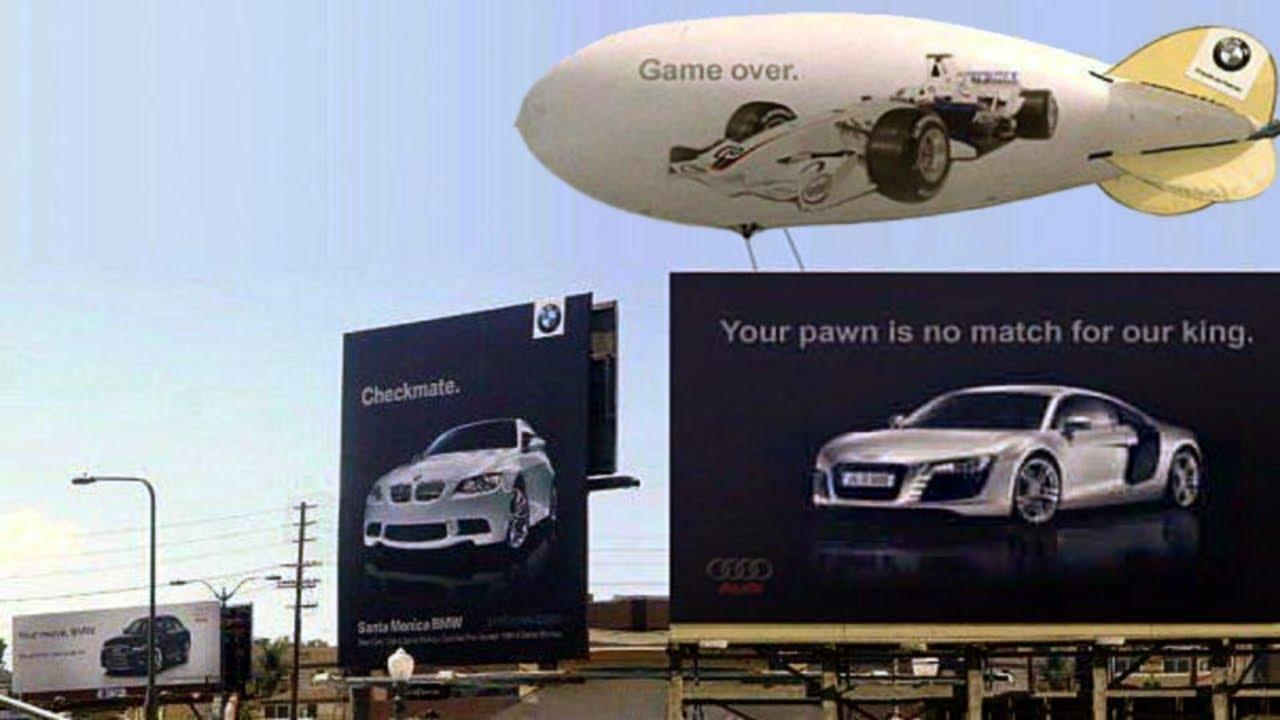
Holden’s Big Red blimp
Holden is an Australian automaker. The brand had its Big Red airship flown with an attempt to promote its product and to ambush the official sponsor of some events. Holden was then quickly criticized for using the blimp to ambush too much.
One year after that with more than 400 flights, the state of Queensland passed a law specifically banning the Big Red blimp from any events in the region which Holden did not sponsor. The brand then also agreed to follow the law and announced the retirement of the blimp.
Minneapolis sports teams fight
Minnesota is famous for two sports teams which are the Minnesota Twins playing baseball and Minnesota Timberwolves playing basketball. They play right next to one another so part of the Timberwolves’s arena can be seen from the right field of the stadium of Minnesota Twins. Therefore, it was understandable that Timberwolves sold an ad on the side of its building that was only seen from inside the stadium of the baseball team. To those who do not know, outside-the-park billboards are very common in baseball.
However, the difficulty is that Target is the official title sponsor of the Twins stadium (Target Field), the Timberwolves arena (Target Center), and the surrounding area (Target Plaza).

The Minnesota Twins then launched a marketing campaign by setting up a building in the right field intentionally to block the ad. Today, Target takes over space, which no sports team complain anymore.
Related posts:
- Digital Marketing Analytics to Business
- Benefits & How to do Marketing Audit?
- Definition, Pattern, Benefits of Green Marketing
- Pros, Cons of Market Orientation
- Elements, Types of Marketing Collateral
Wrap up
We are not recommending every business use ambush marketing methods in their campaigns. It does bring about advantages but the cost involved can be also expensive for all brands.
We hope this post gives you useful information as well as inspiration in creating your incoming advertising or marketing strategies. If we miss something, do not hesitate to leave us a comment in the section below. Also, if you find this article interesting, remember to share it with your friends and visit us for more.
Thank you!
New Posts






